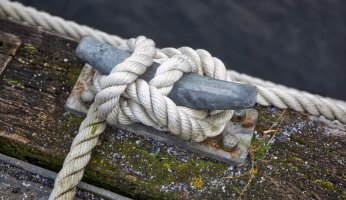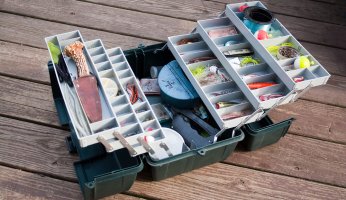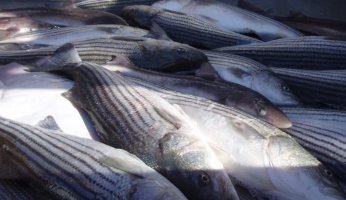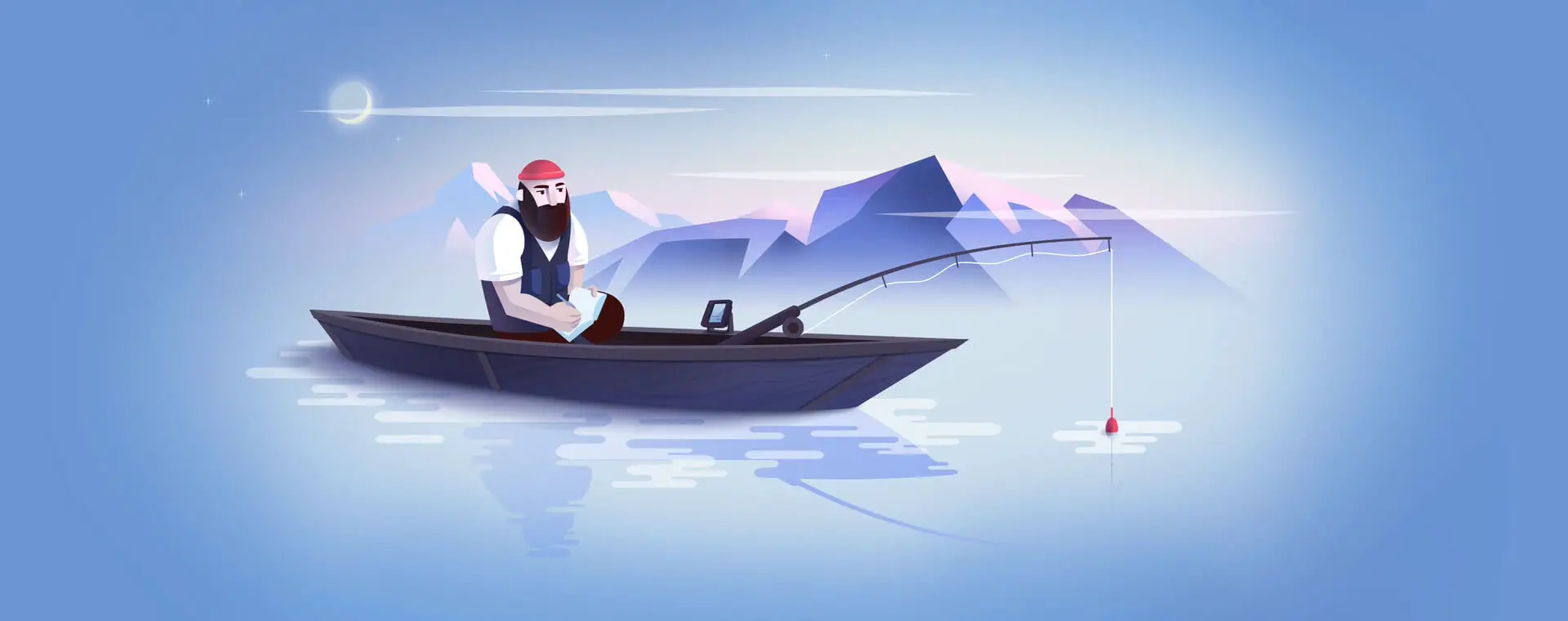Saltwater Bottom Fishing Techniques
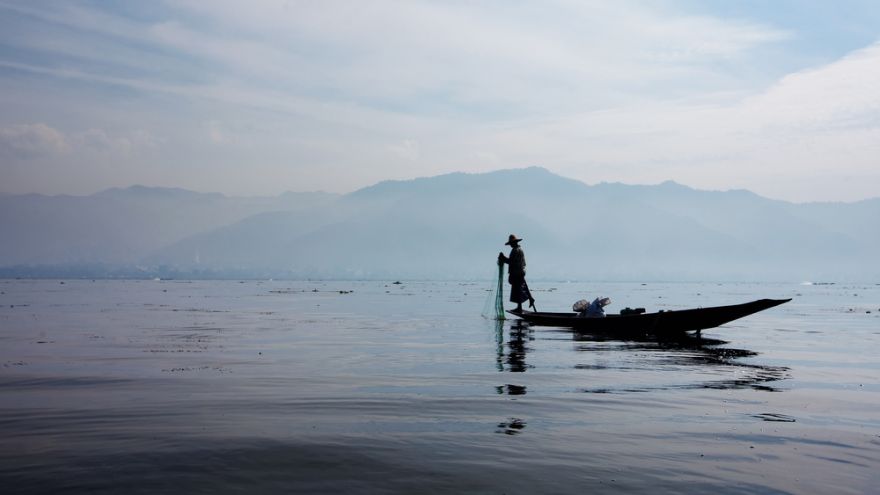 Saltwater Bottom Fishing Techniques
gearweare.net
Saltwater Bottom Fishing Techniques
gearweare.net
When fishing the ocean floor, you must think from the perspective of the fish you are targeting. If you can imagine sitting on the bottom of the sea, you will notice that looking around is much like the view you would find in a dessert. There are scattered rocks and growths, but for the most part it is just sand and gravel as far as the eye can see. There is no protection from the current, the sun, predators, or fishermen.

However, there are times you will stumble upon a structure that provides protection from these threats. This might be an oil rig, an old shipwreck, or a change in the ocean floor such as a crevasse or pile of boulders. Any type of structure is going to be more appealing to fish than sitting out in the open. It is also where they will likely find more food. These are the best areas to target when you fish the bottom.
While sonar and GPS will help you find these hot spots, wind and current can make it difficult to effectively fish them. Here are some strategies you can use to more effectively fish the bottom:
Table of Contents
Use the rule of seven to one
When setting your anchor in current, you will always have to have more rope than there is distance between the boat and the bottom. To get your anchor securely in place, you should use seven times the distance between the boat and the bottom. This will ensure that your anchor is firmly in place. Another good idea is to break up your anchor rope into 200 foot sections with high grade carabiners. When you hook a long running fish, simply unhook the anchor rope and attach it to a float. Once you retrieve your fish, you can come back and re-anchor in the same spot where you were before.
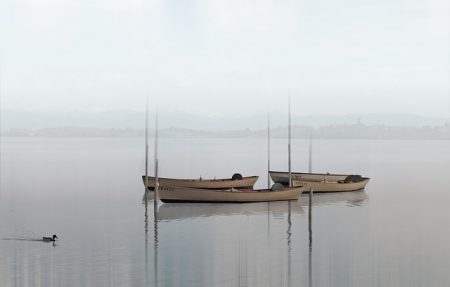
Consider anchoring with a trolling motor
There are now setups you can buy for your boat that work like an electronic anchor. They consist of a strong trolling motor along with a GPS tracker. When your boat is in the ideal position, you set your location. Then anytime you drift away from that point, the GPS signals the trolling motor and it brings you right back to your spot. It is silent and avoids the clanging noises that anchors and chains can make. It also allows for quick repositioning around your hotspot if you want to move. Traditional anchors do not allow this flexibility.
Stay light for red snapper
While most anglers weight down their rigs to get close to the bottom for snapper, some of the largest fish are up higher on the structure. If you are in less than 100 feet of water, a naturally presented live bait is likely your best option. Eliminating the extra weight also allows you to use lighter tackle that is more fun once the fish is hooked.
Take your time and spread out
The worst thing you can do when bottom fishing is to get in a hurry and tangle your lines. Each rig should be lowered slowly and carefully, and they should be spread out across the boat. If the first rig to reach the bottom is a tangled mess and has an unrealistic appearance, it may scare away fish from all the other rigs that you drop into the water.
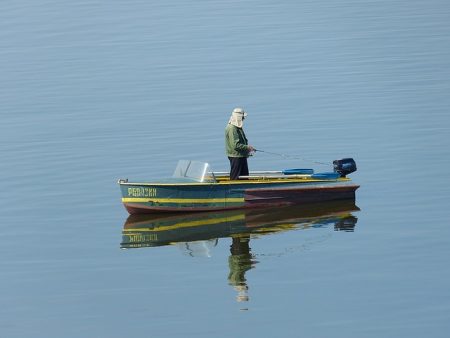
Try drift-fishing a wreck
Keep in mind that many wrecks get fished every single day. These fish are easily spooked and know when something is not right. Dropping an anchor or putting a half-dozen rigs on one wreck could easily spook the fish. To avoid this, some anglers will let their boat drift across the wreck and then reposition to repeat the process. You simply bring your boat a few hundred feet up-current from the wreck and then gently reverse throttle to slow your drift. You can start fishing well up-current from your target zone, as many fish will venture out from the structure itself.
If you are going deep, change your rig
Sometimes fishing the depths near oil rigs at 300 feet is your best opportunity. However, some changes should be made to your strategy. The water gets mighty dark at that depth, and attaching a light to your rig will likely attract some additional fish. In addition, more hooks are better. It is a pain getting your rig to that depth. You might as well increase your odds in case you lose the bait on one of your hooks.
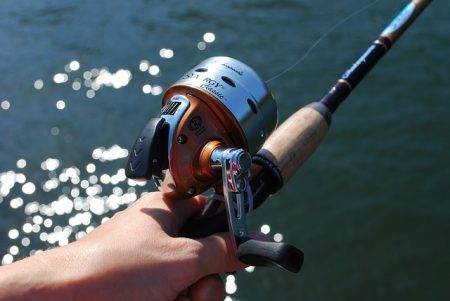
Try a chum sack
While most anglers will chum the water to stir up activity in the area, chumming the surface may not be the smartest move. Remember that currents change at different depths, and the fish you target are most likely not top feeders. You can wrap your chum material in a burlap sack and attach it to your anchor or anchor rope. This takes your chum down to the currents that will actually affect the fish you target.





